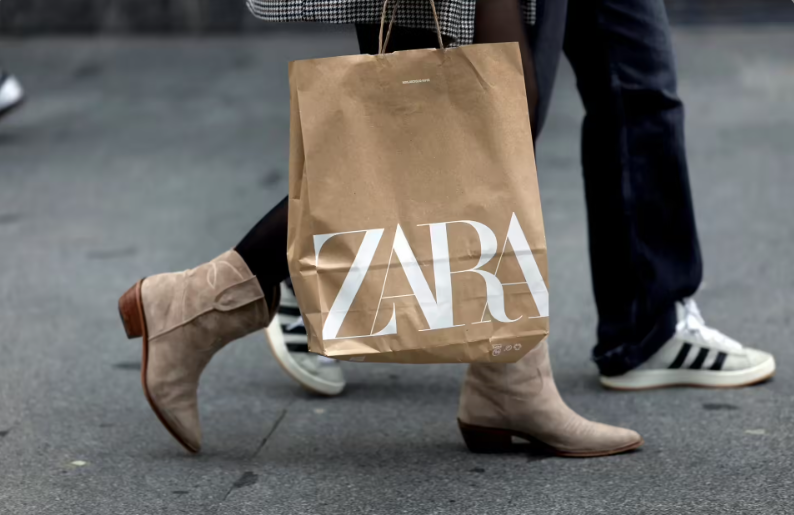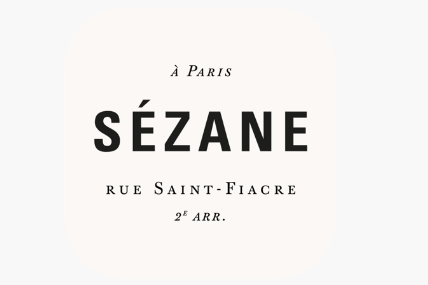Zara has built a reputation for delivering fashion that feels immediate, intuitive, and close to what shoppers want right now. Although the brand is famously private, its story reveals how instinct, innovation, and speed come together to create one of the most influential names in modern fashion.
A Quiet Giant With a Global Reach
Zara is owned by Inditex, the world’s largest fashion retailer. The group manages several well-known brands, including Massimo Dutti and Pull & Bear. Despite its scale, Zara avoids traditional advertising and rarely gives interviews. Still, its impact is visible across High Street fashion worldwide.
As Zara marks 50 years since opening its first store, its headquarters in Galicia, Spain, offers a rare look into how the company works behind the scenes. The brand now collaborates with about 1,800 suppliers and ships to 97 countries, yet almost all products pass through Spain before reaching stores.

Adapting to a Fast-Changing Market
The fashion world is evolving quickly. Ultra-cheap online players such as Shein and Temu are rising fast by delivering huge volumes directly from China. Additionally, concerns over US tariffs create uncertainty for global brands.
However, Inditex CEO Oscar Garcia Maceiras says Zara is prepared. Because the company produces in nearly 50 different markets, its supply chain is flexible. Therefore, potential tariff changes are unlikely to disrupt its long-term plans, including continued US expansion.
Where Creativity Begins
Inside Zara’s design studio, creativity drives every decision. Designer Mehdi Sousanne explains that “there are no general rules, only feelings.” Inspiration may come from films, street style, vintage pieces, or global runways. Once a mood board is ready, sketches and early concepts begin.
From Sketch to Sample—Fast
Zara’s speed is a major part of its identity. After the initial designs are complete, they move to the pattern-cutting room. Here, expert pattern makers translate ideas into paper models.
Meanwhile, dozens of seamstresses create the very first samples on the spot, allowing teams to test and refine designs immediately.
Veteran pattern maker Mar Marcote, who has spent over 40 years with Zara, still examines each piece with a magnifying glass. Her attention to detail reflects the brand’s commitment to quality, even within tight timelines.
Reinventing the Fashion Supply Chain
Traditional retailers used to release only two collections a year—Spring/Summer and Autumn/Winter. Clothes were often manufactured far from home, taking months to arrive.
Zara changed this system completely.
By placing more than half of its production in Spain, Portugal, Morocco, and Turkey, Zara shortened design-to-store time to a few weeks. Basic items with longer lead times come from countries like Bangladesh and Vietnam, but trend-driven products stay close to home.
Consequently, Zara can respond to trends almost instantly and introduce new items every week.
Data: The Invisible Driver
Another crucial part of Zara’s success is its use of real-time data. Every garment passes through its high-tech distribution centers in Spain and the Netherlands before being shipped worldwide.
Additionally, stores send immediate feedback on what customers like—or don’t like. This information goes straight back to designers and buyers. As a result, Zara can adjust product ranges during the season, not just between seasons.
The company discounts items only during its two major annual sales, ensuring that most products sell at full price.
New Challenges in a Crowded Market
Although Zara remains influential, the competition is intense. Shein reached $38 billion in sales last year, narrowing the gap with Inditex. Traditional brands like H&M, Mango, and Uniqlo are also improving their speed and efficiency.
Even so, Zara’s CEO says the brand will not compete on low prices alone. Instead, it focuses on offering style that is inspirational, creative, high-quality, and increasingly sustainable.
A Family Legacy That Continues
Zara’s story began with founder Amancio Ortega in A Coruña. Although he is famously private, he still visits the headquarters. His daughter Marta Ortega, now chairwoman, continues guiding the company’s vision.
Today, what started as one small store has grown into a global fashion force, built on speed, creativity, and a deep understanding of what customers want.





